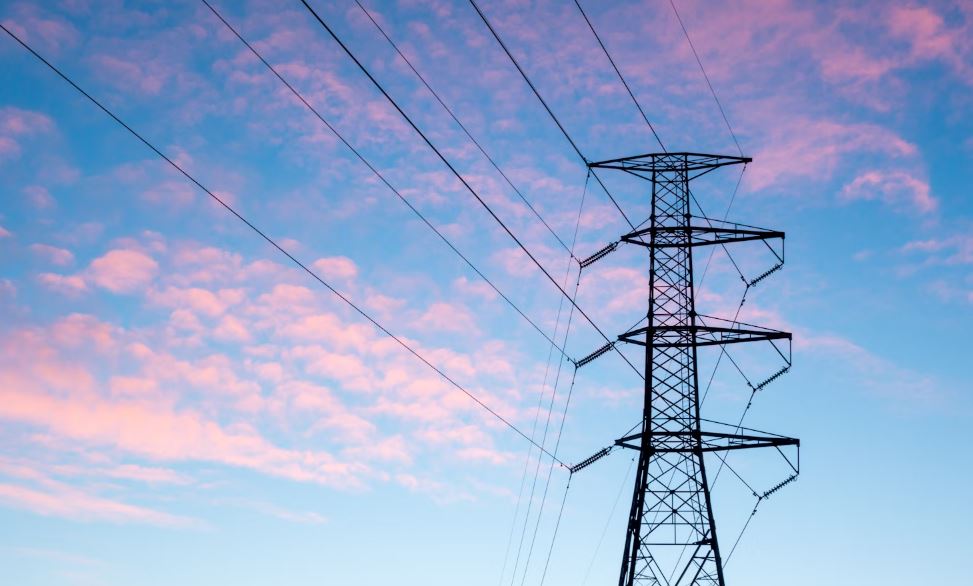In the race to develop a more sustainable future, you will find that electrical infrastructure plays a pivotal role. According to International Energy Agency (IEA) data, electricity generation accounts for 40% of carbon emissions worldwide, evidencing an impending need for global adaptations. You must navigate the intricacies of these adaptations with an informed mindset.
Climate Change and Electrical Infrastructures Adaptation Needs
The pressing reality of climate change is steering nations towards renewable energy. This tendency presents new challenges and opportunities for current electrical infrastructures and it is important to adapt strategies accordingly. For more detailed information, check out their website.
Policy Shifts Incentivize Green Electricity Generation
Around the world, policy shifts are incentivizing green electricity production. From subsidies for solar energy to cap-and-trade protocols for fossil fuels, these policies are reshaping the landscape you face in electricity infrastructure adaptation.
Adapting Infrastructure Designs
Infrastructure design also needs to change as renewable generation grows. Strategies like grid decentralization have grown in prominence due to their alignment with distributed power sources such as solar panels.
Implementing Advanced Power Transmission Technologies
To accommodate these shifting demands, new power transmission technologies are being introduced. For example, high voltage direct current (HVDC) technology allows efficient long-distance transportation of electricity from remote renewable sources.
Storage Solutions Are Crucial For Grid Stability
With solar and wind energies dependent on unpredictable weather conditions, storage solutions like batteries will become vital. Your ability to provide stored power during peak loads and when sunlight or wind is insufficient is crucial.
The Role Of Smart Meters In Demand Response Management
The implementation of smart meters is boosting demand response strategies. Such a technology notifies utility companies of demand spikes, enabling them to manage power supply more efficiently.
Technological Innovations In Electric Vehicle Charging
With electric vehicles playing an increasingly essential role in our transportation future, electrical infrastructure must also adapt to facilitate vehicle charging. This necessitates the development of more innovative charging technologies and infrastructure designs.
The Positive Impact Of Circular Economy Principles
Circular economy principles are having a significant influence on materials usage within electrical infrastructure. The emphasis is on the reuse, recycling, and reduction of waste material which is reshaping your approach to sourcing and management of resources.
Digital Transformation For Grid Optimization
An electrical grid optimization can be achieved through digital transformation. You’re integrating digital technologies into operations for predictive maintenance, decision making, and reducing operational costs.
Incorporating Renewable Hybrid Systems
You’re also focusing on renewable hybrid systems that combine various renewable resources for continuous operation. This adaptation can improve reliability and efficiency of renewable power generation.
Managing Crossover Interests And Conflicts
Regulatory policy and market design continue to evolve as diverse stakeholders have crossover interests in the energy transition. Your effective conflict management skills will play a critical role in successful navigation.
Promoting Public Acceptance And Awareness
The transition towards sustainable energy faces social challenges. Even with beneficial technological solutions, public acceptance is critical. Therefore, enhancing public awareness is essential for you at all levels of planning and implementation.
The Financial Aspects Of Infrastructure Adaptation
Sustainable power infrastructure needs considerable investment. You need to assess costs accurately for long-term success while overcoming funding challenges through innovative financial models and acquisition of grants.
Future Outlook Of Global Electrical Infrastructure Adaptations
The advancement in electrical infrastructure adaptations is inevitable and shows a promising future outlook. Continually adapting designs to meet the grid’s changing needs remains your perpetual challenge.
Final Thoughts
Navigating global electrical infrastructure adaptations requires commitment, strategic foresight, and the mastery of dynamically evolving knowledge in technology and policy landscapes. Your continued diligence can lead to significant progress in approaching a more sustainable future while meeting the planet’s growing energy demand.
